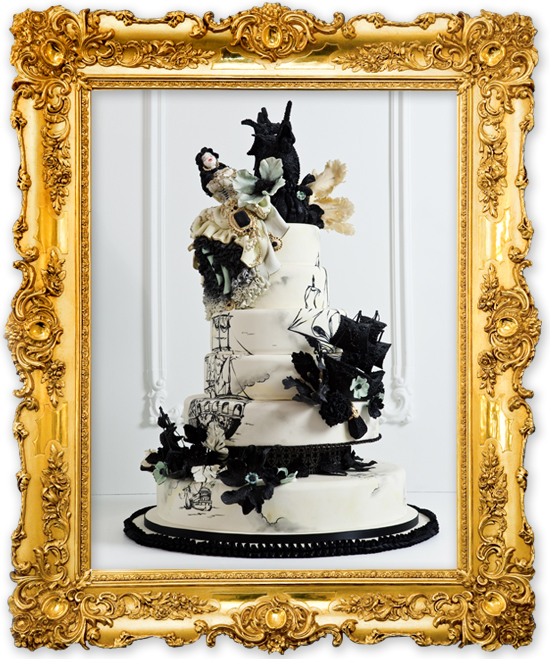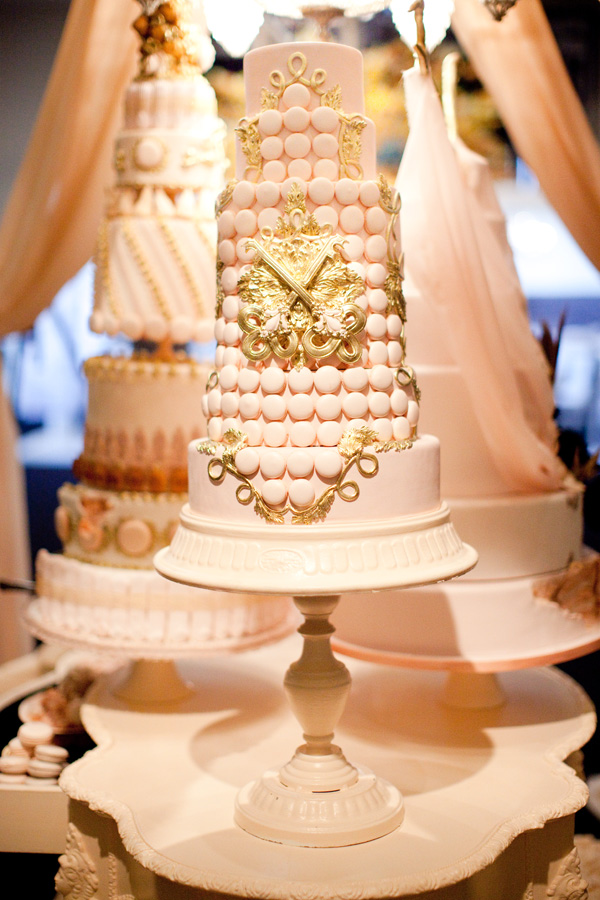

Western style sponge cakes topped with whipped cream and strawberries are popular in Japan where sponge is also used as a base for cheesecakes. Milk and jaggery are added to sponge cake in India which is served with the creamy Sri Lankan specialty "avocado crazy". Some Vietnamese varieties may have fresh herbs like mint, lemon grass or basil added to the batter, and be topped with caramelized tropical fruit. Korean sponge called saeng is usually made with rice flour and topped with whipped topping and fruit. Chinese almond sponge is steamed and topped with boiled icing, chocolate, vegetables or fresh fruit. Steamed sponge cake like the ma lai gao are commonly found in Malaysia. Crispy cookie-like versions are known as mamón tostado and broas. Variants of mamón also use unique ingredients, the most common being purple yam and pandan leaves which result in the ube cake and the buko pandan cake. Traditionally they are simply served with just butter (or margarine) and white sugar. They are typically baked as cupcakes ( torta), as loaves ( taisan), or as cake rolls ( pianono). In the Philippines, sponge cakes and chiffon cakes were introduced during the Spanish period. This type of buttery cake was not possible without baking powder, which was discovered by English food manufacturer Alfred Bird in 1843, allowing the sponge to rise higher. In British English layer cakes like the Victoria Sponge are called "sandwich sponge". įor some cakes, like the Victoria Sponge, fat and sugar are creamed before eggs and flour are incorporated into the batter, similar to pound cake. Cream of tartar or baking soda are recommended by some turn of the century cookbooks to make Swiss rolls more pliable and easier to roll. According to Willan "sponge may have some butter added, but not much or it will not rise". Anne Willan says both types of sponge cake are represented in French cuisine. The "biscuit" sponge from early American cuisine is made by beating egg yolks with sugar, then alternately folding in whisked egg whites and flour.

For Genoise cake flour and melted butter are added to the egg mixture for a moister cake. Variations on the basic sponge sometimes add butter or egg yolks to make the cake more moist. To maintain the moisture of the cake it is sometimes made with potato flour. Some types of sponge are baked in ungreased pans to improve the cake's rise by allowing the batter to adhere and climb the sides of the pan. This type of cake, also called foam cake, depends on aeration of eggs and heat to rise. The process of whisking egg whites incorporates air bubbles to create a foam by agitating the protein albumen to create a partially coagulated membrane, making the egg whites stiffer and increasing their volume.

It is made by whisking egg whites and caster sugar and gently folding in flour. The basic whisked sponge cake does not contain any fat. New York City's Crumperie served not only crumpets but toasted sponge cake as well. The historic Frances Virginia Tea Room in Atlanta served sponge cake with lemon filling and boiled icing. The delicate texture of sponge and angel food cakes, and the difficulty of their preparation, meant these cakes were more expensive than daily staple pies. Sponge cake covered in boiled icing was very popular in American cuisine during the 1920s and 1930s. Sponge soaks up flavors from fresh fruits, fillings and custard sauces. Īlthough sponge cake is usually made without butter, its flavor is often enhanced with buttercream, pastry cream or other types of fillings and frostings. The basic recipe is also used for madeleines, ladyfingers, and trifles, as well as some versions of strawberry shortcake. Traditional American sponge recipes diverged from earlier methods of preparation, adding ingredients like vinegar, baking powder, hot water or milk. Nineteenth century descriptions of "avral bread" (funeral biscuits) vary from place to place but it sometimes described as "sponge biscuits" or a "crisp sponge" with a light dusting of sugar ". The earliest known recipe for sponge cake (or biscuit bread) from Gervase Markham's The English Huswife (1615) is prepared by mixing flour and sugar into eggs, then seasoning with anise and coriander seeds.


 0 kommentar(er)
0 kommentar(er)
